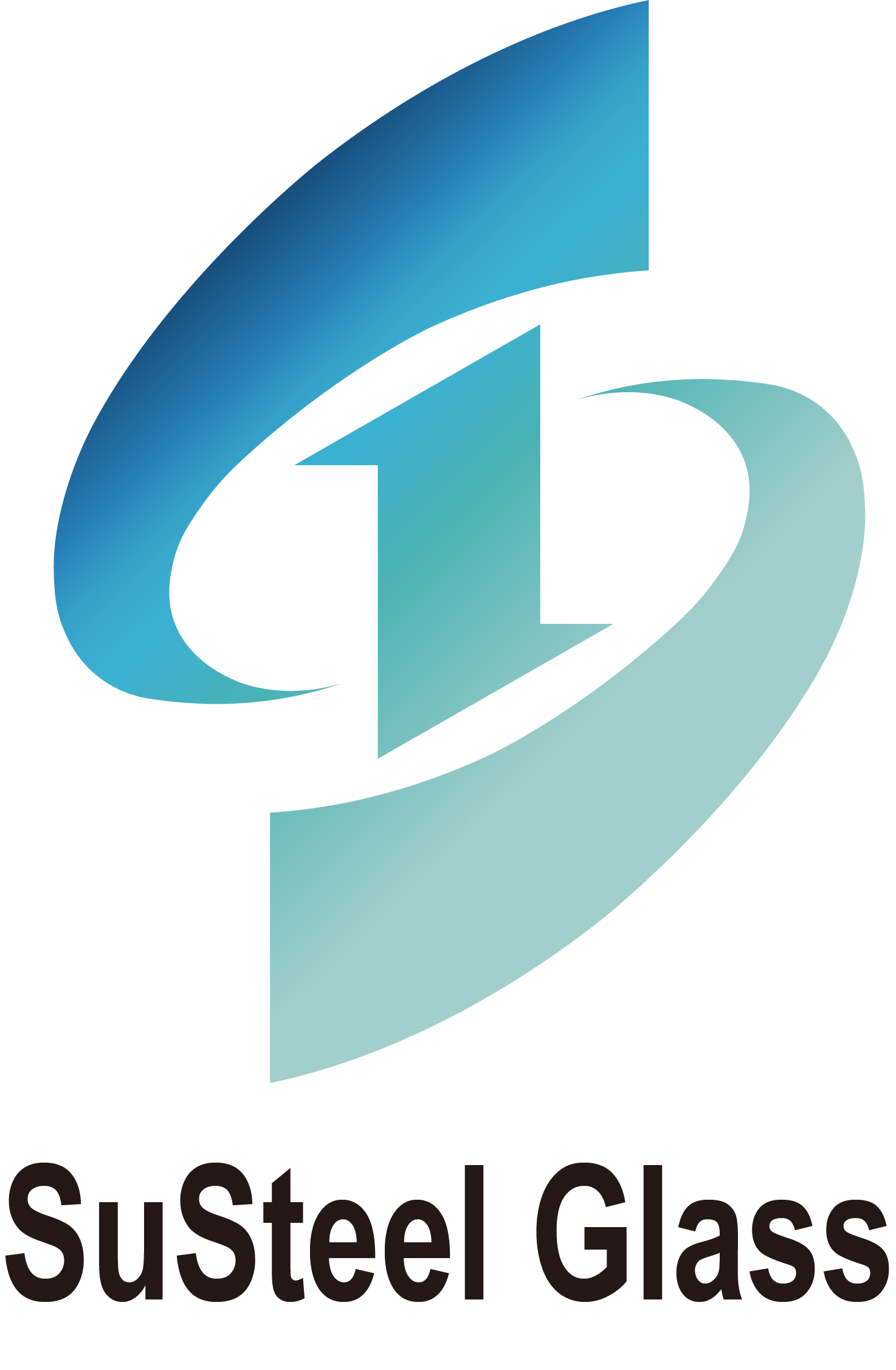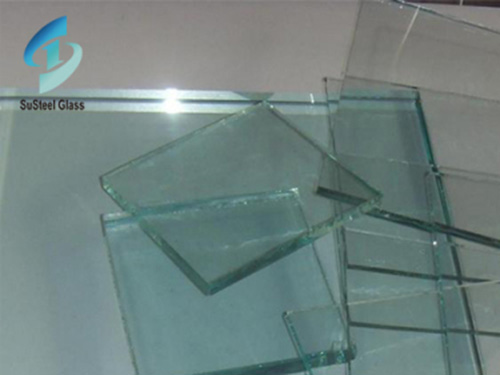Clear float glass, often simply referred to as "float glass," is a high-quality, transparent glass used in various architectural and decorative applications. It is the most common type of glass used for windows, doors, facades, and other construction purposes. Here is an overview of clear float glass:
Production Method: Clear float glass is manufactured using the float glass process, which is a method of making flat glass by floating molten glass on a bed of molten tin. This process results in glass with exceptionally smooth and parallel surfaces.
Transparency: One of the primary features of clear float glass is its high optical clarity. It allows visible light to pass through, making it ideal for windows and doors in residential and commercial buildings. This clarity is achieved through the uniform thickness and absence of distortions.
Flatness:
Clear float glass is extremely flat and distortion-free. This makes it suitable for applications where precise vision and aesthetics are crucial, such as display cases and high-end mirrors.
Thickness: Clear float glass is available in various thicknesses, ranging from very thin for picture frames to thicker options for windows and doors. The choice of thickness depends on the specific application and required structural properties.
Safety: While clear float glass is clear and smooth, it is not safety glass. In applications where safety is a concern, laminated or tempered glass may be used instead, as these types are designed to break into smaller, safer pieces.
Coating Options: Clear float glass can be coated with various materials to enhance its performance, such as Low-E (low-emissivity) coatings to improve energy efficiency, or reflective coatings for privacy and solar control.
Cutting and Fabrication: Clear float glass can be easily cut, drilled, and shaped to fit the requirements of different applications. It is a versatile material for architectural and interior design projects.
Sound Insulation: Clear float glass can be used to provide some level of sound insulation, but for better acoustic performance, laminated glass with acoustic interlayers is often used in noise-prone areas.
Applications: Clear float glass is used in a wide range of applications, including windows, doors, glass facades, shower enclosures, tabletops, shelving, mirrors, and more. It is a versatile material in both residential and commercial construction.
Sustainability: Many glass manufacturers have adopted more sustainable practices, including recycling and energy-efficient production methods, to minimize the environmental impact of clear float glass production.
Clear float glass is a fundamental material in modern architecture and interior design due to its clarity, versatility, and aesthetic qualities. It provides natural light, visibility, and can contribute to energy efficiency and comfort in buildings when used in combination with other technologies and materials.
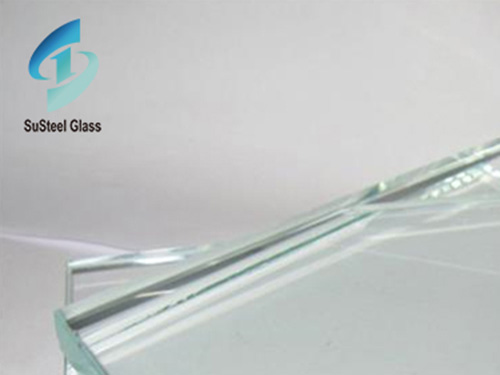


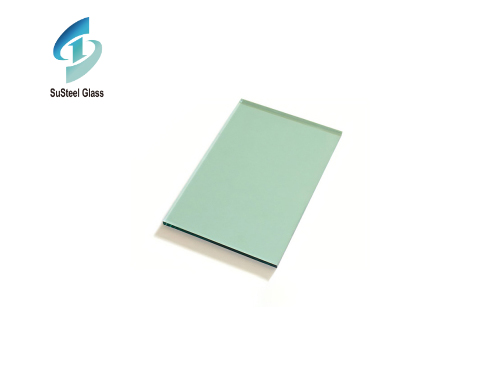 Exploring the World of Green Tinted Glass Products: Versatility and Sustainability
Exploring the World of Green Tinted Glass Products: Versatility and Sustainability
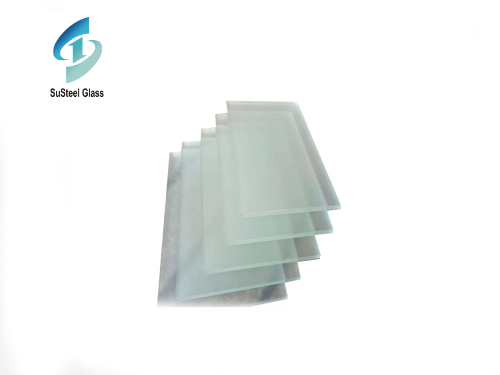 Exploring the Versatility and Elegance of Custom Thick Glass
Exploring the Versatility and Elegance of Custom Thick Glass

